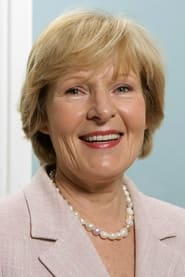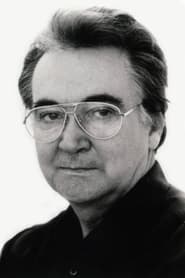Outside Time
Top 7 Billed Cast
Kellnerin

Neben der Zeit
HomePage
Overview
Outside Time is the second feature film of Andreas Kleinert, a German director who grew up in the GDR and who started making films at the time of the fall of the Wall. The film is set in a small town somewhere in Brandenburg, a place which is rapidly falling "outside time"; since it cannot keep pace with the changes brought about by unification and the transformation of the former GDR. The Russian troops stationed there have withdrawn and their barracks have turned into rat-infested ruins; the intercity trains do not stop there any more and even the regional railway link to Berlin is going to be suspended. Most young people are leaving. When Sophie introduces her lover to her mother and her brother, Sergej becomes embroiled in the incestuous tensions underlying the relationship between Sophie, her brother, Georg, and her mother. The arrival of the Russian implodes the claustrophobic sham existence that held this dysfunctional family together.
Release Date
1995-10-26
Average
0
Rating:
0.0 startsTagline
Genres
Languages:
DeutschKeywords
Similar Movies
 3.5
3.5Karambolage(de)
Dr. Philipp Achtermann, a microbiologist from the GDR, was attending a conference in Frankfurt on business. On the return journey with his wife Nina, he allows himself a deviation from the prescribed route. On a side road near Lake Chiemsee, Achtermann's Wartburg collides with a West German BMW. At the wheel is Tom Maiwald, an architect.
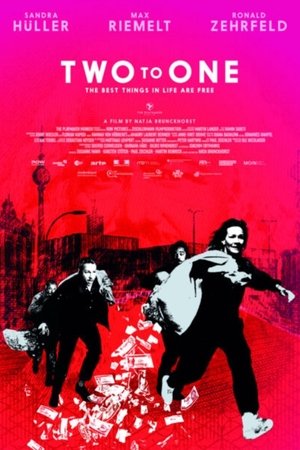 6.2
6.2Two to One(de)
An East German community finds millions in soon-to-be-worthless marks during 1990s reunification, and take what they can carry.
 2.0
2.0The Meds(de)
A tragi-comedy telling the story of the adventures of Robin, Anna, Jost and Leo - the meds - who want to be anything but healthy, happy and mediocre. They all live in a large city in West-Germany and are "Westies" to the core. Precocious, disillusioned, morally eroded, politically bored and sexually sated. Always on the run from the next compromise, they are big kids caught up in their mid-twenties crisis. One day in the midst of all this depression the suspicion arises that one of them is in fact a closet "Eastie", a liar and betrayer, an undercover agent, a neo-Nazi or at least a Stalinist...
Sieg im Osten(de)
The army of the GDR, called NVA had not survived the reunification of Germany, it was completely absorbed by the Bundeswehr and scrapped subsequently. But what apparently went on so smoothly as a peaceful unification of hostile brothers quietly left deep scars in the East German landscape.
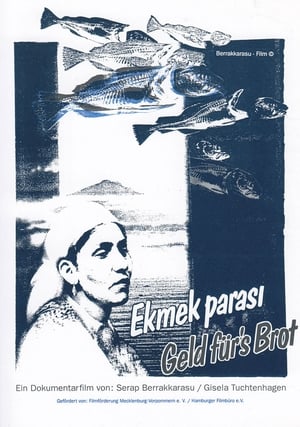 5.5
5.5Money for Bread(tr)
Women from Turkey and Mecklenburg are working together side-by-side at a fish-processing factory in Lübeck. As they work, they share stories about their lives, including their sorrows, griefs, hopes, and dreams, while expressing their longing for home and feelings of being lost in a foreign place.
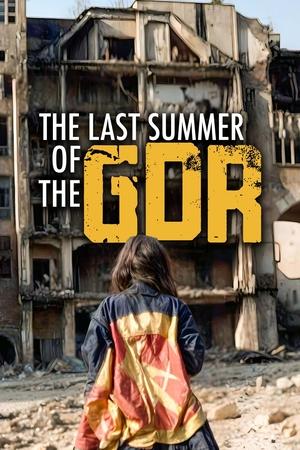 0.0
0.0The Last Summer of the GDR: Freedom and Anarchy(de)
After the fall of the Berlin Wall, citizens of East Germany had to get used to a new way of consuming, working, and living. New-found freedoms were a breath of fresh air for many but in the chaos leading up to reunification with West Germany, the experience was also disconcerting.
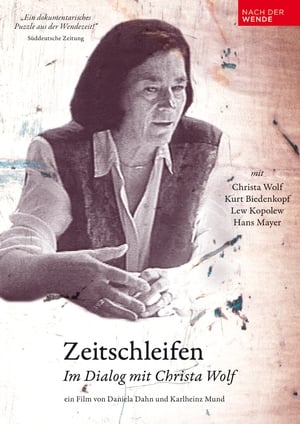 8.0
8.0Time Loops - A Conversation with Christa Wolf(de)
Journalist Daniela Dahn interviews the East-German author Christa Wolf during the German reunification: reflections on history, changing politics, life and work.
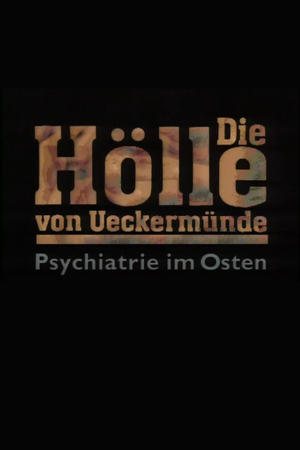 0.0
0.0The Hell of Ueckermünde(de)
This report was broadcast on ARD in 1993. In 43 minutes, the development of psychiatry "in the third year after reunification" is shown using two institutions in the new federal states as examples. A touchstone for all of psychiatry and disability care to this day. The film shows a shocking way in which disabled people are treated. The commentary uses the perspective of those affected. 50 years after euthanasia in Germany, this documentary reminds us of this once again.
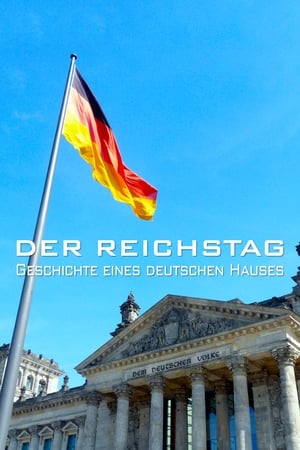 8.0
8.0Der Reichstag(de)
Docudrama telling the story of a building with a breath taking career that began in the empire, flourished in the Weimar Republic, perished in the Nazi dictatorship, and was rebuilt after its partial destruction.
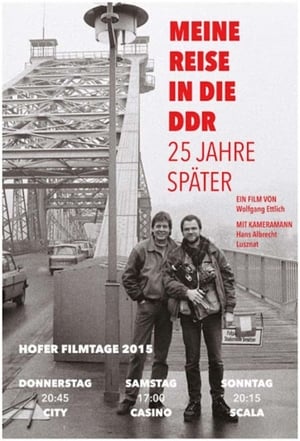 0.0
0.0Meine Reise in die DDR - 25 Jahre später(de)
About a journalist and his cameraman visiting East Germany, former GDR, 25 years later again after their journey which took place in January 1990, just between the Fall of the Wall and the reunification with West Germany, comparing the old pictures with the present of 2015 and meeting former interview partners a second time. An impressive work of time documentary showing seemingly surreal scenes about the changings of cities, industrial locations and lifes in different political and economical systems.
 8.0
8.0Reunification in the Ice: The Story of the Last GDR Antarctic Explorers(de)
In 1989, thirteen GDR scientists and technicians set off from East Berlin to the Georg Forster research station in the Antarctic. During their expedition the Berlin Wall fell on November 9th. Cut off from the images that go around the world, the men can only experience the historical events passively. When they returned in the spring of 1991, their homeland was a foreign country. The documentary reconstructs the thoughts and feelings of the East German researchers on the basis of eyewitness accounts, diary excerpts, letters, film material, grandiose landscape shots from the location of the action and unique photos to make the consequences of the events tens of thousands of kilometers away on the small GDR expedition in the middle of the eternal ice tangible.
Der größte Geldtransport der Geschichte - Wie die D-Mark in den Osten kam(de)
Early summer 1990: West German money transporters carrying billions of Deutschmarks roll towards the former GDR. From the inner-German border, the People's Police and the heavily armed National People's Army take over guarding the transports. Over 25 billion Deutschmarks are transferred from West to East within a few weeks. On July 1, 1990, the German-German monetary union takes place. The citizens of the former GDR were to hold the D-Mark in their hands from this point onwards, but a huge amount of work had to be done before this could happen. 441 million banknotes had to be printed and 102 million coins minted. This is because the organizers of the Bundesbank barely had time to prepare for the largest money transport in history. Many contemporary witnesses describe their experiences in the documentary, which gives an insight into the exciting months before monetary union, the consequences of which still have an impact today.
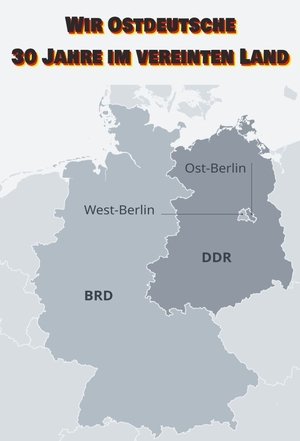 0.0
0.0Wir Ostdeutsche - 30 Jahre im vereinten Land(de)
Explration of today’s East German identity, shaped by history, hopes, and upheaval. Through multimedia storytelling, it explores lives between the Elbe and Oder, intergenerational socialization, and self-perception three decades after reunification. Are the new Länder lost to nostalgia and extremism or still salvageable?
